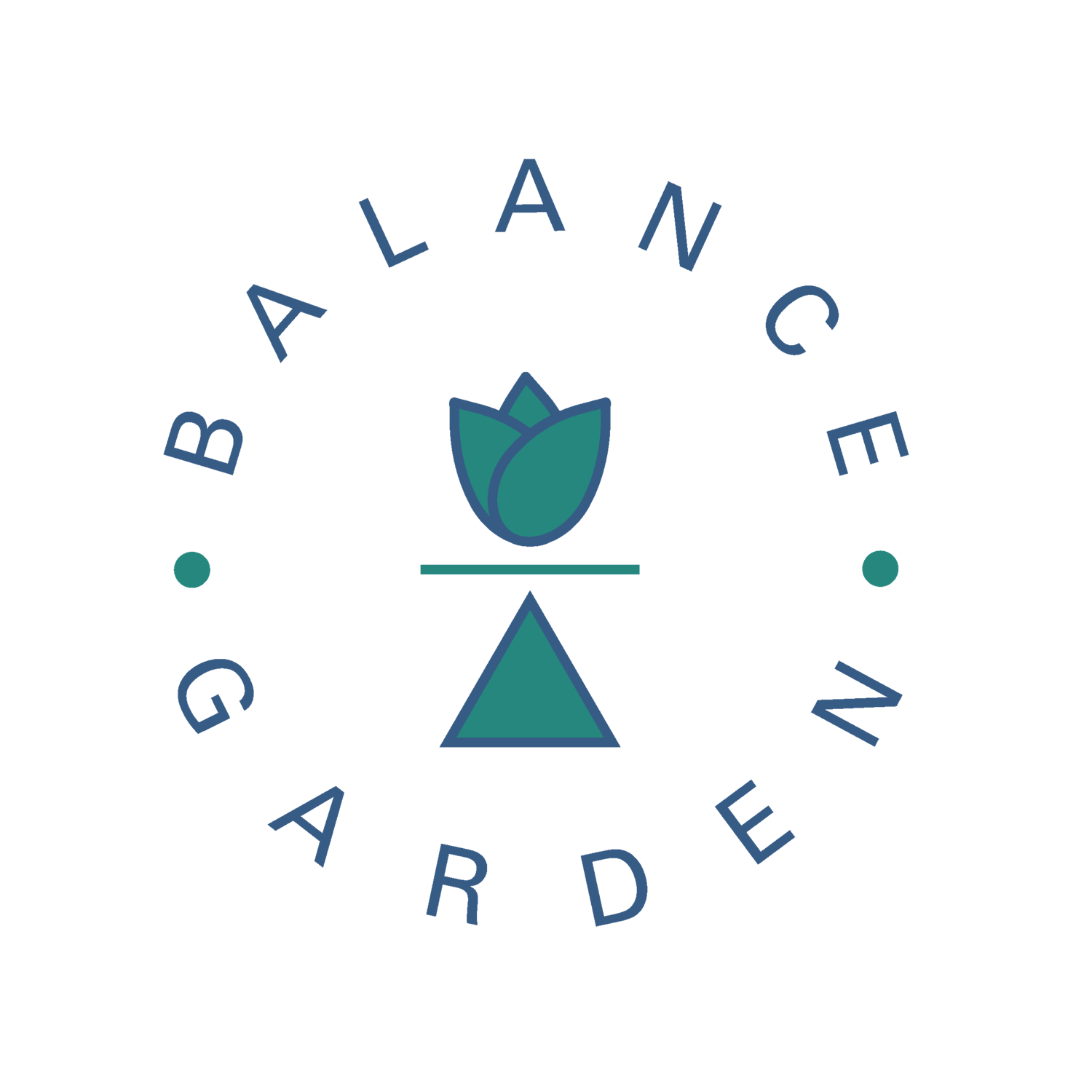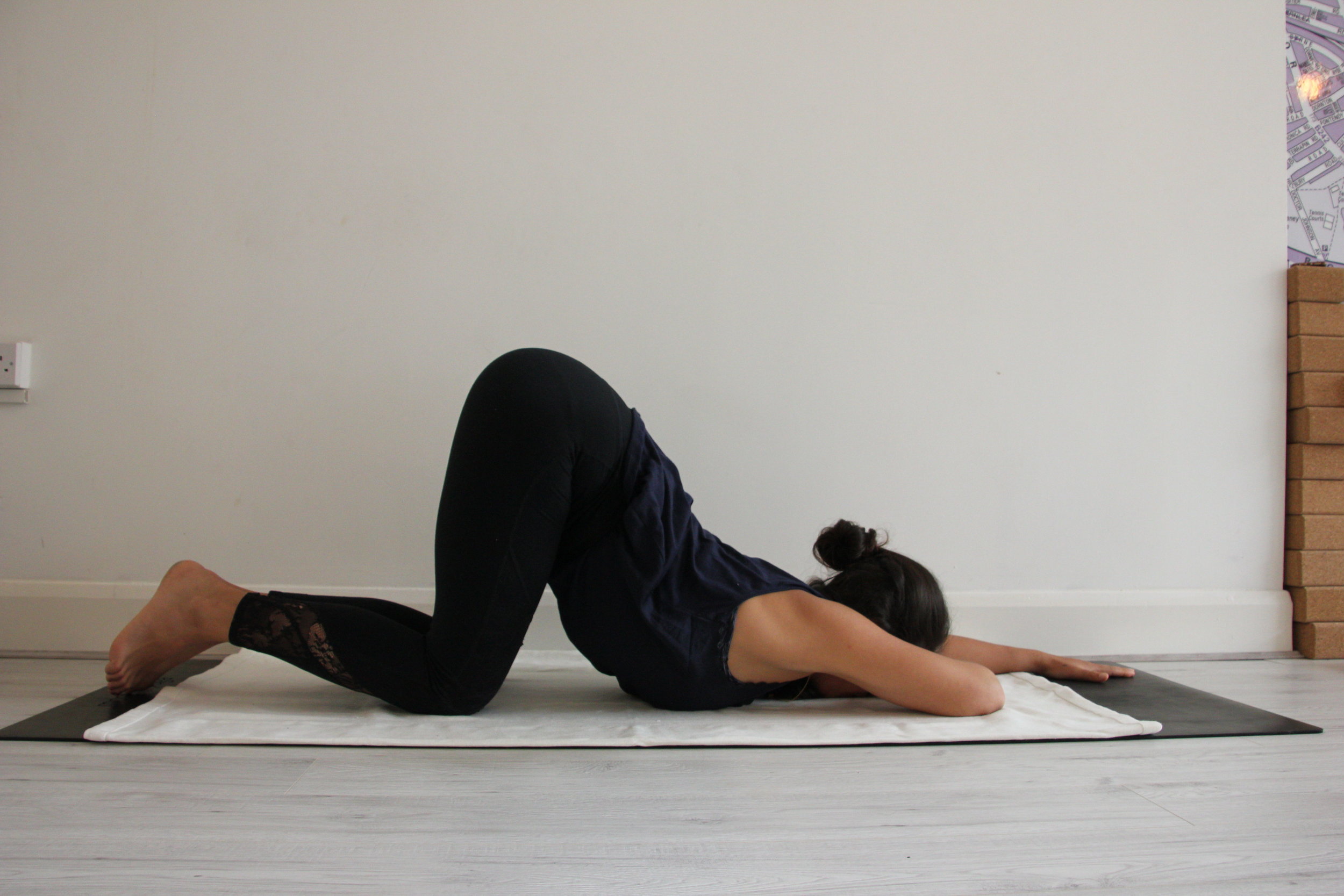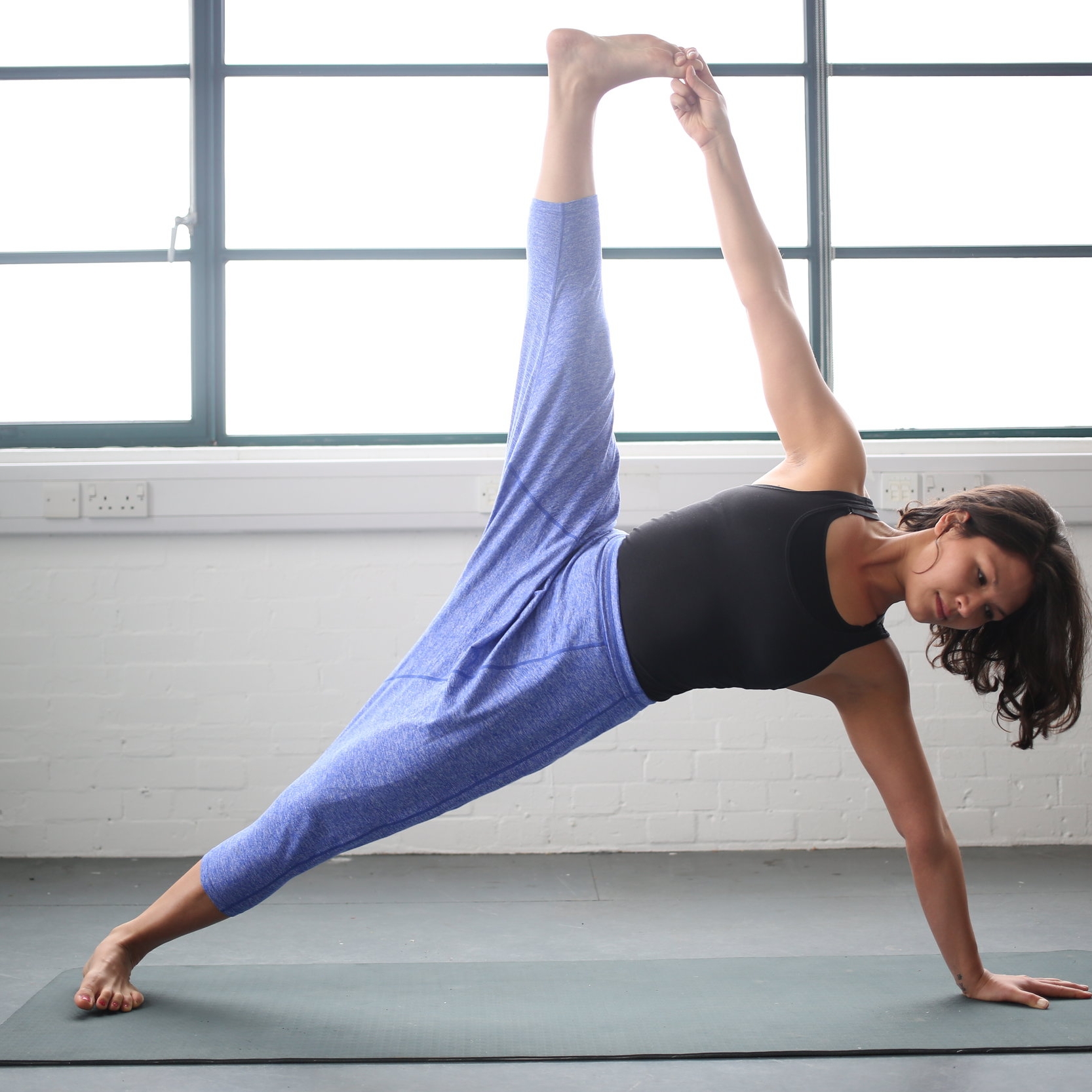Summertime Yin: Second Installment
/Originally published in June 2018 but updated for accuracy to be shared and enjoyed again today!
If you’re new to Yin Yoga and the concepts behind it, I suggest you have a quick read of this and this to familiarise yourself with its basic tenets.
Yin yoga is the perfect complimentary practice to a busy summer calendar, helping to really restore and balance our energy by encouraging us to turn inwards and towards stillness to counteract the late nights, long days, and lust for life that summer carries with it.
According to traditional Chinese medicine (TCM), the season of summer is associated with the element of Fire and the organs of the heart, lung, and intestines.
The heart
The heart is considered as the “king” of the organs by TCM for the vital role it plays in controlling our circulation and distribution of blood, and the consequent dependence of all other organs on it for good health. It is also said to house the body’s spirit and therefore plays an integral role in our emotional world.
The small intestine
Responsible for sorting the pure from the impure matter that it receives from the stomach, assimilating the necessary nutrients, and passing on anything unnecessary to the large intestine to be eliminated.
The lungs
Do the vital job of filtering our breath and delivering oxygen to our blood and then expelling carbon dioxide on every exhale. This also makes them the first organ to come into contact with the chi from the outside world and assimilate it with our chi. The lungs are seen as the main way to replenish our energy.
As ever in the TCM context, the organs of the body play a bigger part than their anatomical function and are endowed with energetic properties. The balanced flow or energy/chi/prana through the heart and lung meridians/energetic channels is associated with a feeling of joy and enthusiasm for life, being well balanced emotionally and treading the line between vulnerability and resilience with ease, there is genuine warmth in our interactions and a relaxed and satisfied taste to life.
“When heart chi is healthy, we feel warm, nourished, and nourishing, able to contact innate joy, inner peace, and harmony, and able to build healthy relationships. ”
Conversely, when heart/small intestine chi is unbalanced, we may experience sadness, issues with our circulation, and feel disconnected and emotionally cold, and turned off from life.
The yin yoga sequence below is a selection of poses that target the heart and small intestine (and the lung and large intestine) meridians to encourage the healthy flow of chi through these channels and organs to find balance this summer.
Savasana isn't pictured because it is included as standard in every yoga practice we do. Please make sure you leave time for at least 5 minutes at the end of the sequence.
As always when practicing yin, remember these things;
Find an appropriate edge, feel enough sensation for the pose to tug at the connective tissue and the meridian lines housed within it. Electrical or shooting pain is a sign that you’ve gone too deep and need to back off.
Stay in the pose for an extended amount of time, somewhere between 3 and 5 minutes (maybe less, maybe more - feel it our for yourself).
Try not to fidget unnecessarily, this applies to the mind too, keep the attention on the breath.
Disclaimer: As with all new physical practices we advise consulting your medical professional to check they are suitable.
For your reference, here are the meridians of the heart and small intestine which this sequence targets
Heart Meridian
Small Intestine Meridian
The sequence pose-by-pose
Extended Child's
Meridians targeted: Heart meridian along arms
Physical Focus: Massages the internal organs. Stretches the spine and the chest
Hold for: 3-5 mins/as long as you want. Make sure to swap the turn of your head
Make it work for you:
Knees could be narrower.
Pad the knees either under the knees of in the knee crease
Sphinx
Meridians targeted: Lung and Heart as the chest lengthens away from the abdomen. Kidney and Urinary Bladder in lower back and sacrum
Physical Focus: Stimulation of sacro-lumbar arch. Tones the spine
Hold for: 3-5 mins
Make it work for you
Use a bolster under the ribs (as I have in the picture) to support very flexible backs
Pad under the ankles if its uncomfortable in the tops of the feet
Place a folded blanket under the hips and pelvis for more comfort
Quarter Dog
Meridians targeted: Heart and Lung meridians in arm. Urinary Bladder in back. Stomach and Spleen in the chest.
Physical Focus: Backbend for the upper back. Opens the shoulders
Hold for: 3-5 mins on each side
Make it work for you:
You could use a bolster/brick/folded blanket under the chest or armpits. Make it high enough to feel supportive, so that you can relax down into it
Place a folded blanket under the knees if they don't like the pressure
Watch out for any tingling in the extended arm- it could be a sign of nerve compression. If you experience it then please adjust the arm or come out of the pose completely
Taking the arm wider may help to alleviate any pinching/compression in the shoulder
Caterpillar
Meridians targeted: Lung meridians in the upper back
Physical Focus: Opens the back body. Stretches hamstrings.
Hold for: 3-5 mins
Make it work for you:
Use a blanket or block under your sit bones to help the pelvis rotate forwards
You could use a bolster on its end to support the head
Let the spine round
Supine Twist (with a tail)
Meridians targeted: Urinary Bladder along the spine. Heart Meridian along the chest. If you put the arm above the head (not pictured) you get into heart, lung and small intestine.
Physical Focus: Stretches belly and the back. Massages the stomach
Hold for: 3-5 mins each side
Make it work for you
The pictured pose has me holding the bottom foot- but this is not necessary, you could let the bottom leg be free if it's more comfortable
Tips for all postures
We are looking for sensation- not pain. If you feel pain at any point then please come out of the pose and either try again with props to alleviate the pain, or if the pain persists then skip the pose altogether
Soften what doesn’t need to be engaged- including the jaw and face
Keep the mind focused on the breath
Try not to fidget unnecessarily and marinate in the stillness.
Jasmine Pradhan is the editor and co-founder of Balance Garden, and is also a London based yoga teacher you can find her on instagram @stretchandthecity









































